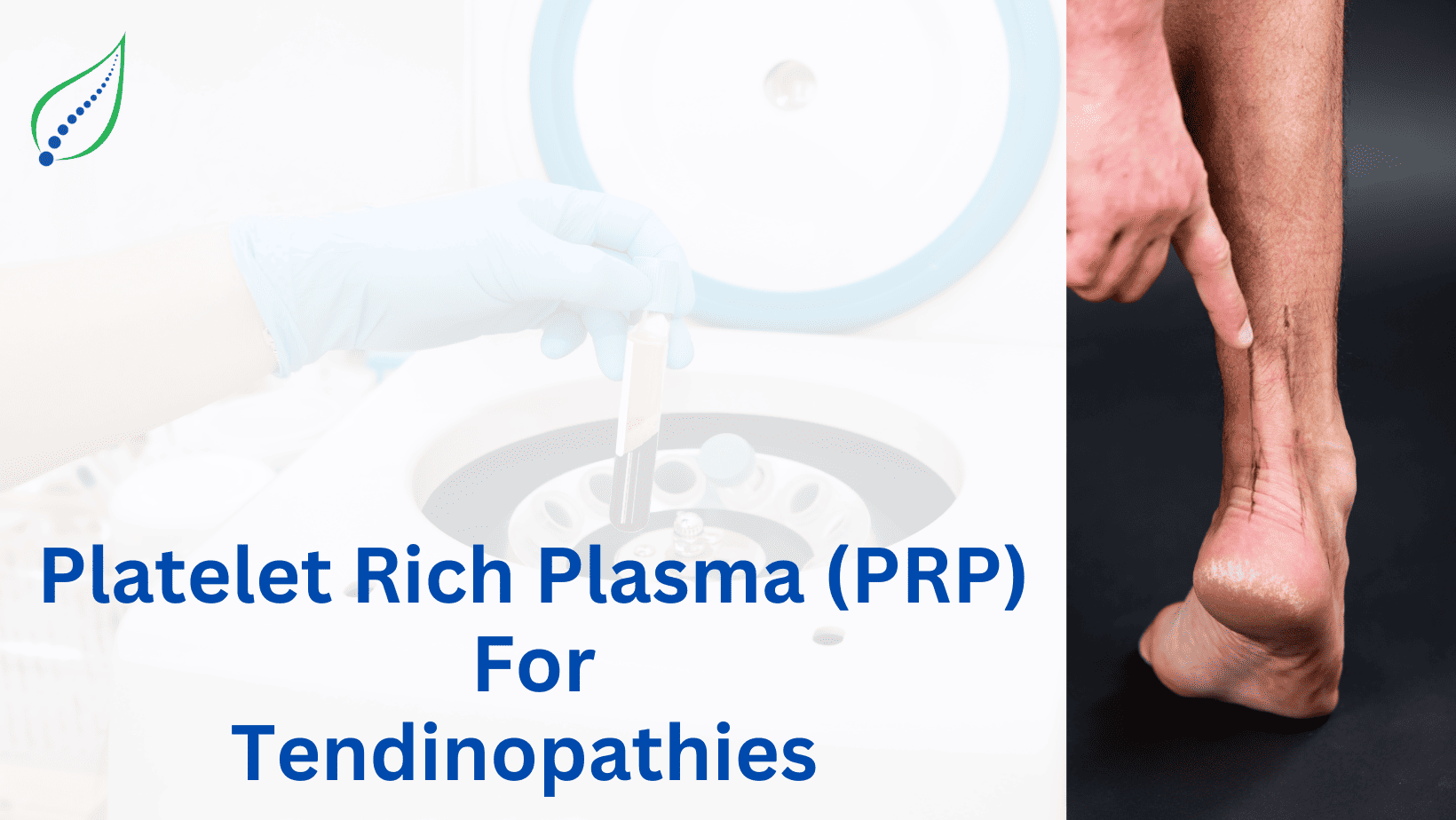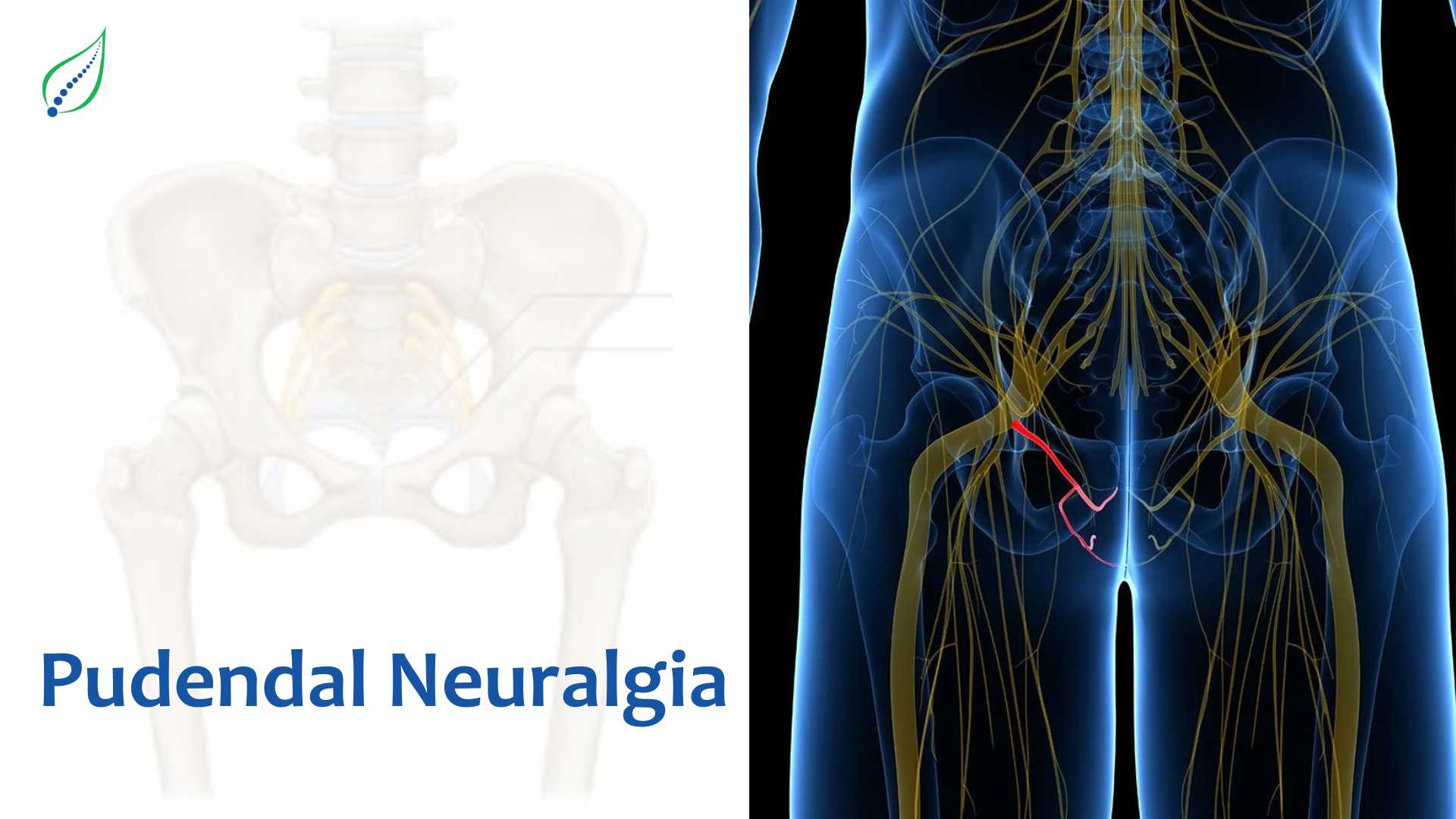PRP For Achilles Tendinosis
Achilles Tendinosis is one of the commonest conditions that is quite tricky to manage several times. PRP aims to improve healing in tissues that have a low regenerative tendency. And PRP, i.e., Platelet-Rich Plasma therapy, is currently increasing favor as a non-surgical, regenerative treatment for a number of musculoskeletal diseases, including Achilles tendinosis.
What is Achilles Tendinosis?
Achilles tendinosis is a chronic, degenerative disorder involving the Achilles tendon, which is a thick band of tissue that connects the calf muscles to the heel bone.
In contrast to tendinitis, which is due to inflammation, this condition can be defined by disorganization of collagen fibers, increased neovascularization, and mucoid degeneration, with little or no inflammation. In contrast to a normal inflammatory process, tendinosis lacks it, leading to a failed healing response.
It generally affects runners, athletes, and middle-aged people, producing discomfort, stiffness, and impaired function in the affected leg.
What is PRP?
Platelet-Rich Plasma (PRP) is an autologous (from the patient’s own body) biological product made by processing a small amount of the patient’s blood to concentrate the platelets and growth factors.
PRP is exceptionally rich in growth factors and cytokines, which help in tissue repair and remodeling. These platelets release:
- Platelet-derived growth factor (PDGF)
- Transforming growth factor-beta (TGF-β)
- Vascular endothelial growth factor (VEGF)
- Insulin-like growth factor-1 (IGF-1)
- Epidermal growth factor (EGF)
These components stimulate collagen synthesis, angiogenesis, and cellular proliferation—all of which are required for tendon regeneration.
How does PRP help in Tendon healing?
PRP functions by reversing the chronic changes in tendinosis by:
1. Tenocyte Stimulation: PRP boosts the production of extracellular matrix and tenocyte proliferation.
2. Collagen remodeling: It enhances mechanical strength by promoting the shift from Type III to Type I collagen.
3. Angiogenesis: In hypoxic tendon regions, VEGF and other factors promote vascularity.
4. Modification of Catabolic Pathways: It limits the breakdown of the tendon matrix by matrix metalloproteinases (MMPs).
Process of PRP:
1. Blood Draw: 10–60 mL of the patient's blood is drawn.
2. Centrifugation: The sample is spun to concentrate platelets.
3 . Injection: PRP is injected directly into the degenerative area of the Achilles tendon.
Post-procedure care:
1. Rest and activity restriction for the first few days
2 . Gradually returning to exercises after a week or 10 days
3. Rehab with exercises and, if required, the use of customized insoles
Ideal candidate for PRP:
1. Symptoms that persist for more than 6 months
2. Failure of conventional therapy (e.g., physiotherapy, eccentric loading)
3. Tendon degeneration confirmed using ultrasonography or MRI.
4. Patients want to avoid surgery
Advantages of PRP?
- Autologous and safe.
- May avoid or minimize the need for surgery.
- Outpatient procedure with very little downtime.
- Can be repeated if needed.
Conclusion:
PRP injections are a biologically based, minimally invasive treatment for chronic Achilles tendinosis, particularly if other conservative treatments fail to show effective results.
Best practice involves incorporating PRP into a multimodal approach that is planned with physiotherapy and patient-specific activity modification.
_1749797551_1751826891.png)



